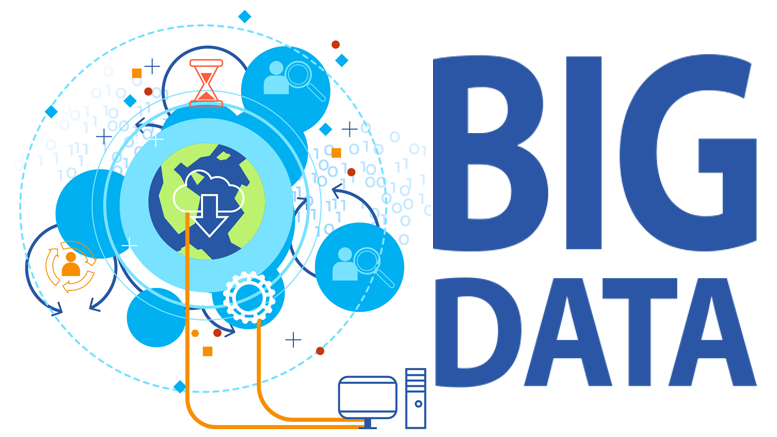Big Data is a relatively new area that is developing extremely fast. Thus, there is a growing demand for Big Data specialists. Big Data is an instrument for Machine Learning (ML) and Artificial Intelligence (AI). This technology allows to process big volumes of data and make predictions and patterns for further work. All these things are possible thanks to Big Data specialists.
Actually, a Big Data specialist is quite a general term. Let’s define what roles can there be in the Big Data team.
Roles of Big Data experts
There are six common roles in Big Data. Let’s get acquainted with them.
- The Data Classificators. Big Data means really huge amounts of data. The Classificators’ main goal is to make data accurate, clear and structured. Data Classificator also watches for the data value, uniqueness, and weight. The Big Data analytics system needs to make accurate predictions and needs correctly structured data for it. This becomes possible thanks to Data Classificators.
- The Data Explorers. We can say that these specialists sort the data in the right way. They sift through a lot of data to find the actually relevant one. If the data is not relevant, the whole system will work incorrectly even if the technical part is done well.
- Business Solution Architects or Data Architects. These specialists collect the data and organize it in the correct way for future analysis. Also, Data Architects configure update settings for data. For example, some data needs updates every minute, other needs to be updated once and hour or once a week.
- Data Scientists. These specialists work with organized data and create models that will make predictions. Data Scientists can create analytical models and implement Machine Learning based on them. These specialists need to know how to work with data patterns and relationships.
- Data Visualizers. These specialists care about data clarity. Data needs to be understandable for end-users. Thus, the main duty of visualizers is to change the data output format for more understandable. For example, data can be presented as tables, graphs, slides, infographics, etc. using the Big Data Visualization tools like Tableau, D3.js, JuPyteR Notebook, and others.
- Business Analysts. These are the people who interact with the team and customers. The main task of Business Analytics is to ensure that everyone knows about general objectives and works on achieving them.
As you can see, Big Data specialists can have different duties and work in different roles. If you need to hire a Big Data specialist, you should define his main tasks. If you need Big Data implementation, you should hire the Big Data team. It will be better to hire a cohesive team that has specialists of all kinds.

Final thoughts: how to find the Big Data team?
Above we mentioned that you can hire the whole team at once. This is a very efficient way if you need to implement Big Data analytics in your project. Working with an outsourcing Big Data team can be a good solution for your business. Usually, such a team consists of all the necessary specialists or is composed of cross-functional talents, thus you do not need to hire additional employees. Hiring a Big Data team one by one is quite a hard and long process. You need to find specialists, to conduct an interview, choose an appropriate specialist and help them form a cohesive team.
To find a reliable Big Data team you should look for reviews and ratings of the company you will work with, to find a partner that has proven its worth and reliability. The reliable partner is half of the Big Data analytics project success.

